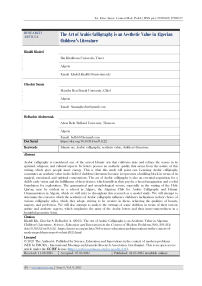The Art of Arabic Calligraphy is an Aesthetic Value in Algerian Children's Literature
Автор: Khaldi Kh., Ghechir S., Belbachir A.
Журнал: Science, Education and Innovations in the Context of Modern Problems @imcra
Статья в выпуске: 6 vol.8, 2025 года.
Бесплатный доступ
Arabic calligraphy is considered one of the sacred Islamic arts that cultivates taste and refines the senses in its spiritual, religious, and cultural aspects. Its letters possess an aesthetic quality that stems from the nature of this writing, which gives people inner energy. This is what this study will point out. Learning Arabic calligraphy constitutes an aesthetic value in the field of children's literature because it represents a building block in terms of its magical, emotional, and spiritual connotations. The art of Arabic calligraphy is also an essential acquisition for a child's early vision and the fulfillment of their desires, which instills in their psyche a broad imagination and a solid foundation for exploration. The grammatical and morphological secrets, especially in the writing of the Holy Qur'an, may be evident in a school in Algiers, the Algerian Club for Arabic Calligraphy and Islamic Ornamentation in Algeria, which we will refer to throughout this research as a model study. We will attempt to determine the extent to which the aesthetics of Arabic calligraphy influence children's inclinations in their choice of various calligraphy styles, which they adopt, striving to be creative in them, achieving the qualities of beauty, majesty, and perfection. We will also attempt to analyze the writings of some children in terms of their various artistic and aesthetic aspects, which emphasize the unity of the Arabic letters and their interconnectedness in a beautiful geometric form.
Islamic art, Arabic calligraphy, aesthetic value, children's literature
Короткий адрес: https://sciup.org/16010761
IDR: 16010761 | DOI: 10.56334/sei/8.6.22
Текст научной статьи The Art of Arabic Calligraphy is an Aesthetic Value in Algerian Children's Literature
RESEARCH ARTICLE The Art of Arabic Calligraphy is an Aesthetic Value in Algerian Children's Literature Khaldi Khaled \ \ \ Ibn Khaldoun University, Tiaret / / / Algeria Email: \ > Ghechir Samia Hassiba Ben Bouali University, Chlef / Algeria Email: Belbachir Abderrezak Abou Bekr Belkaid University, Tlemcen Algeria Email: Doi Serial ; Keywords Islamic art, Arabic calligraphy, aesthetic value, children's literature. Abstract
X article under the CC BY license .
Children's literature is considered a highly sensitive topic due to its direct impact on shaping a child's mentality during their early years of primary education. During this period, children are exposed to various types of knowledge. According to psychologists and educationalists, children accept all information they receive with clarity and without any reaction to what they receive. Scholars in this field and those concerned with children's culture around the world attach utmost importance to this critical issue. Huge budgets are allocated in some countries for research and studies, and institutions have been established to provide what will raise the level and aspirations of children. Children's literature is not limited to the usual storytelling or a few recreational activities here and there. Rather, today's modern child possesses multiple talents and energies that they seek to unleash. Some relate to technology, while others relate to an early aesthetic outlook that doesn't require sophisticated means. Rather, they simply require our sincere nurturing, exploration, and refinement of these talents, enabling them to participate in the sacred Islamic art. This is in preparation for facing challenges, overcoming difficulties, and integrating children into this creative knowledge, which is part of our identity. From this perspective, we decided to delve into the world of Arabic calligraphy in an aesthetic form and include it within the interests of scientific research, with the aim of understanding this decisive comparison in children's literature. We attempted to pose a serious problem that highlights the difference in determining a child's true level of practice in the art of Arabic calligraphy at an early age. The question was as follows :
-What is the specific aesthetic dimension for improving a child's writing when practicing the art of Arabic calligraphy?
Through this problematic, we came up with several questions that served as support for the research :
- Is Arabic calligraphy considered an artistic skill that can be attributed to children's literature ?
- Does a child's practice of Arabic calligraphy affect only their handwriting improvement or the creation of artistic creations ?
- Are children born calligraphers, or is there another explanation ?
Conversely, we can make some assumptions that indicate some hypothetical answers that can be explored in our future answers :
- Creativity is an innate talent that humans are born with, along with a set of acquired skills that they use in most daily problems .
- Skilled individuals are those who do not hinder their creative energy and intellectual artistry and direct their abilities in various aspects of life .
- Every person is born creative ‘ and their peak creativity occurs at the age of five, according to Freud.
1/ The concept of children's literature: "The concept of children's literature means that it is literature that is dedicated to children, and benefits them by conveying information in a fun and entertaining format. Within the concept of children's literature, it is everything that is written and photographed within the framework of educational topics and objectives written in order to provide it to the child. Children's literature seeks higher goals that develop the child's morals. An example of this is what children's literature seeks in terms of doctrinal goals that call for introducing the child to his religion and his duties in obeying God Almighty, and instilling the love of God and contemplating the universe, in addition to educational goals such as stories of history, components of the human body, stories of animals, and stories of the universe."1 Children are the joy of life and the pleasure of the soul, because if we look at life from its bright side, we will see that what gives it beauty and happiness are two things: money and children, as God Almighty says: ﴾ Wealth and children are the adornment of the worldly life. But the lasting righteous deeds are better in the sight of your Lord for reward and better for hope ﴿ .2 The Prophet, peace and blessings be upon him, used to play with the sons of his daughter Fatima (al-Hasan and al-Husayn), may God be pleased with them all. He used to walk on his hands and knees, and they would cling to him from the sides or ride on his back. He would walk with them and say: « What a good camel you are, and what good riders you are » . Here is an indication of caring for the child and being compassionate towards him, and not neglecting him and giving him his right in the field of education, as these were the qualities of the master of creation, Muhammad, the Prophet of God.3
“Childhood is the hoped-for planting for building the future of the nation. Children are the wealth of the present and the equipment of the future in any society that plans to build the human being who populates the earth, supports its human existence with his effectiveness, and confirms its civilizational continuity.”4 Regarding the importance of paying attention to childhood and caring for it well, the Noble Messenger said in the noble hadith : «The child is from the basil of Paradise.» Writers also expressed the status of the child in the soul, and the Prophet, may God bless him and grant him peace, said: «Every child is born in a state of fitrah (natural disposition), then his parents make him a
Zoroastrian, a Jew, or a Christian » 5
1/The history of children's literature: "The history of children's literature goes back to the ancient Arab heritage, as peoples used to engage in some practices related to children, such as hymns and songs that were chanted to put children to sleep and calm them down. A careful examination of ancient literature proves that there were stories and tales that were written down to be repeated to children, such as the book Kalila and Dimna, The Diver and the Lion, and the book Mukhtasar al-Ajaib wa al-Ghara'ib. Children's literature turned to heritage in children's literature, which is the allocation of a portion of the prizes that are given to creative writers." 6 Since its inception, humanity has known children's literature for its many talents and skills, both precocious and uncommon.
Islam cares for children before they are born, and after they are born, until they reach adulthood. The Holy Qur'an's concern for children is evident, and the concern of our noble Prophet (peace and blessings be upon him) is evident. This is what the people of monotheism and Sunnah have pointed out. There are many objectives of children's literature, which we will address below:
A. The educational objective : Literature must contribute something to its people, whether beneficial or harmful. The Islamic nation must have literature of any kind that benefits its people. This includes children's literature, which must exploit children's love of exploration, knowledge, practice, and creativity. Abdul Fattah Abu Ma'al says: « Since the sense of need for knowledge in children is part of their innate makeup, the instinct for curiosity is inherent in the child and grows with him, and the child's attempt to learn about his environment is considered an important factor that, if addressed wisely, will lead to a positive outcome » . This leads to the development of his potential and capabilities.7 This literature teaches children to understand their daily behaviors and proper interactions with their family, community, and school, and to master reading with a simplified understanding of the meanings of the Holy Quran. It also prepares children to develop their artistic abilities and inclinations, especially when it comes to the art of writing, even before developing good handwriting.
B.Ways to Improve Children's Handwriting : Improving children's handwriting is essential because clear handwriting in general, and beautiful handwriting in particular, has a wonderfully positive effect on the reader. It brings comfort to the reader even before it pleases the eye, even if the content is weak. Poor handwriting is a major problem that parents complain about with their children, just as teachers complain about it with their students. Parents are unable to follow up on lessons with their children due to their inability to decipher the writing on their homework books. Teachers also struggle to read and correct papers written in poor, illegible handwriting. This is no easy task, if not painful and excruciating for them. Dr. Ghazi Al-Gosaibi says in his book (Life in Management): « Poor handwriting creates a feeling of hostility towards the student in the corrector’s mind, while illegible handwriting creates a subconscious desire for revenge » .8 Improving children's handwriting is now done through training courses outside of school. The bitter reality is that our educational curricula in Algeria do not allow for the development of handwriting skills after a student completes kindergarten and the first year of primary school. In many regions where the quality of education has advanced, many students still suffer from poor handwriting. Therefore, improving handwriting is a priority in the educational process, especially in primary school. It is certain that the lack of this priority has been the direct cause of the poor handwriting of our children and university students.
We will address five methods for improving handwriting in children, which serve as a remedy for the causes and roots of the problem. This information is useful for parents, teachers, and researchers alike, and includes tips and advice to pay attention to before complaining about students' handwriting.
-
d. Organic Health: “Improving handwriting in children begins with treating any health problems that the child may be suffering from. One of the most important causes of poor handwriting in children, for example, is the weakness of the fine muscles in the palm of the hand, especially before the child is five years old. Therefore, it is recommended that the child not begin learning to write before the age of five, because the muscles and nerves of his hand are still weak and it is difficult to teach him to hold the pen, control it, and move it in the correct paths to write the letter.” 9 Therefore, it is recommended to strengthen children's hand muscles by playing with play dough and rubber balls, to exercise the finger muscles that facilitate the writing process. It is also important to pay attention to the problem of poor eyesight, as this is also a direct cause of poor handwriting. A child with poor eyesight cannot follow the motion of the writing on the blackboard or paper, and their handwriting is poor.
-
e. Psychological Health: There are a number of psychological factors that do not help children at all in improving their handwriting. These include those related to internal psychological disorders, such as difficulty transferring perception between the hand and the eye, difficulty memorizing visual experiences, a lack of awareness and understanding of the external environment, and other symptoms of mental retardation and illness. "Some of these factors relate to external psychological influences. For example, the experiences of a number of teachers confirm that writing the phrase
'improve your handwriting' on students' notebooks leads to frustration and further failure, while what gives them a sense of confidence and hope is encouraging them, giving them rewards and gifts, and kindly expressing their improvement in handwriting. It is self-evident that the process of appeasing the teacher helps encourage the child learner to improve his handwriting. Also, placing the child in an atmosphere of competition with his peers and making him feel the problem he shares with them generates within him a motivation to change. Assigning the child to copy long paragraphs makes him feel bored and tired and negatively affects his handwriting, because re-copying is a useless method if the learner does not find enjoyment and comfort in it. An encouraging atmosphere should be provided, free from threats, anxiety, and fear, because imposing writing training as a form of punishment only generates in the child aversion and hatred for all learning." 10
-
f. The quality of the teacher's or professor's handwriting and teaching method: A child's handwriting cannot be improved if the teacher's own handwriting is poor. The handwriting teacher (whether a parent or a teacher) must be familiar with the rules and principles of handwriting, because the learner takes their teacher's handwriting as a model for writing and imitates it, which is directly reflected in their own writing style and handwriting. "Of course, writing is taught through training, modeling, and imitation. The latter comes from the teacher, who practically performs each handwriting skill in front of their students. The child then imitates the skill, and with training, they progress from imitation and imitation to practice. Here, the teacher should also avoid confusing teaching writing with teaching handwriting. Writing concerns the spelling of words and letter sounds, while handwriting concerns the way letters are drawn. The teacher must also adjust the rules for teaching writing and improving handwriting in relation to the basic rules upon which teaching methods are based." 11
-
g. Writing Tools: Improving a child's handwriting is linked to the tools used in writing, the most important of which are the pen, paper, and notebooks. The length, size, and shape of the pen should be appropriate for the child. "A pen that is too short, or too thick or too thin, will not allow the learner to hold the pen well, which weakens his ability to write with good handwriting. The paper should also be lined and have clear lines, and the notebooks should be accessible and respect the pedagogical foundations and methods for teaching writing and handwriting to different ages to ensure that handwriting improvement skills transform from training skills to automatic, error-free skills." 12 See (Figure 01)
-
h. Stages of Writing for Children: In this way, children can also be introduced to their literature in the pre-writing stage through a second medium, such as radio, or a third, such as television, which adds the possibilities of sound to the possibilities of images, without the need for a picture book, such as theater or a movie, and so on. However, other attempts can arise to use (drawing) as a means of expression in the pre-writing stage in printed books that tell the story through drawing alone. In this case, either the picture book is sufficient, or it is accompanied by another booklet containing the story written for adults, so that one of them can play the role of narrator who tells the story to the child, while he reviews the pictures in the book.
-
2/ Some of the distinctive features of learning to write in Arabic:
-
2. The early stage: "This is approximately from the age of five to nine years. This is the stage in which the child begins to learn to read and write. It is equivalent to the first and second grades of primary school, and during this stage the child's ability to comprehend written language is limited to a narrow scope. At this stage, the methods previously mentioned in the pre-writing stage can be used." 14 What's new here is that picture books, which used drawing alone as a means of expression, can now, in the early writing stage, include drawings with some simple words and phrases within the limits of what a child's vocabulary can contain at this age in terms of words and structures. 3. The intermediate 3 .writing stage: "This is from approximately eight to ten years of age. This is a stage in which the child has already made considerable progress in learning to read and write, equivalent to the third and fourth grades of primary school. Here, we can expand the child's vocabulary to present him with a complete story illustrated with drawings, in which writing plays a major role, provided that we ensure that the phrases used are simple and easy, written in clear, easy Naskh script." 15
-
4. Advanced writing stage: “This stage extends from approximately ten to twelve years of age. In this stage, the child has reached a significant stage in learning the language, and his linguistic vocabulary has expanded to a great extent. It is equivalent to the fifth and sixth grades of primary school.” 16
-
5 The mature writing stage: “It is from the age of approximately twelve to fifteen years and beyond, and it is a stage in which the child has begun to possess the ability to understand the minimum.”17 The equivalent of the intermediate stage in Algeria, for example, and beyond. Basic notes on the previous stages. There are basic notes that must be taken into consideration regarding the previous stages of language development: Language. These stages are intertwined and vary according to environments and societies.
-
6. Rules for Handwriting Training
"Writing in Arabic has characteristics that distinguish it from foreign languages. These characteristics include the similarity of many Arabic letters in their spelling, such as the letters: b, t, th, j, h, kh, d, dh, r, s, sh, s, d, t, th, a, g, f, q, k, l. For this reason, dots were used to distinguish between similar letters. Thus, the letters of the Arabic language were divided into two categories: one dotted and the other undotted." 13
1.The direct relationship of some Arabic letters: Arabic calligraphy letters are full of (direct relationships), which is the relationship between two variable movements. Whenever one increases by a certain amount, the other increases by an increase proportional to the increase of the first, and vice versa. This relationship extends to all scripts and is not limited to one script alone, but extends to writing a line. There are many examples of this. For example, we notice that the size of the heads of the letters waw, fa, and qaf change with the change in the body that follows them. Likewise, the length of the neck and the degree of its slope change to match the slope that follows it in the body... We notice that from the top of the head, the slope varies and increases from left to right to match the size of the next block. Simply replace the heads on the bodies, and this relationship will immediately become clear to you (place the head of waw, for example, on the cup of qaf and see). Another example is the change in the sizes and slopes of the heads of ha, the initial ayn, the mu'taqadduma, and the sun u n with the extension in a proportion proportional to the required increase, and many others, as shown in (Figure 2).
-This relationship is always intertwined and is the basis for understanding the architecture of the art of Arabic calligraphy, its authentic and inherited structure, and its renewed spirit.
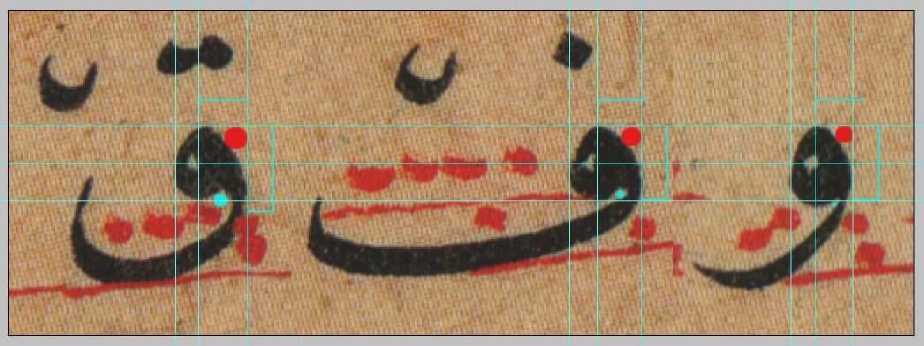
(Figure 2) (From the writings of the late Muhammad Shoghi Effendi, dating back to the Naskh writings in the Topkapi Museum, the Museum of Turkish Islamic Art, and the Süleymaniye Library. He died on May 7, 1887 AD and was buried in the Markaz Cemetery.)
-
A. Writing training and handwriting improvement: This is subject to a set of rules that govern the practice of writing with correct and good handwriting. These rules are well-known to calligraphers, children's teachers, and specialists in the first grade of primary school, but they tend to ignore them when their lessons focus more on writing than handwriting. Among these rules, for example, are the correct measurements for letters, both upward and downward, so that the learner can control their drawing on the page, ensuring the child's sitting position is correct, the correct angle for writing, the correct position for holding the pen, and the correct position of the paper. Gradually, the letter is written using paste, first in the air, on a desk, then on the blackboard, and finally on boards, then on paper or notebooks. See Figure 3.
-
B. Regarding external psychological influences: For example, the experiences of a number of teachers confirm that writing the phrase "Improve your handwriting" on students' notebooks leads to frustration and further failure. What gives them confidence and hope is encouraging them, giving them rewards and gifts, and kindly expressing their improved handwriting. It is self-evident that the process of appeasing the teacher helps encourage the child learner to improve their handwriting. Furthermore, placing the child in an atmosphere of competition with their peers and making them aware of the problem they share creates a motivation for change. Assigning children to copy long paragraphs makes them bored and tired, negatively impacting their handwriting. Re-copying is ineffective if the learner doesn't find enjoyment or comfort in it. A stimulating environment should be provided, free from threats, anxiety, or fear. Forcing writing practice as a form of punishment only breeds aversion and dislike for all learning.
-
7. Principles of Arabic Calligraphy Training (from a practical perspective).
-
2. An artistic overview of the club's founders: This club includes the finest teachers, both nationally and internationally, in the art of Arabic calligraphy and Islamic decoration. We will mention them as follows: calligrapher Professor Abdel Rahim Moulay, calligrapher Professor Amhamed Safar Baty, calligrapher Professor Karim Al-Baji, calligrapher Professor Radwan Shakal Ghafari, and ornamental artist Amal Daif Allah. They have regular weekly programs, offering lessons for adults and children, according to the calendar shown in (Figure 8).
-
3. An artistic analysis of some of the club's children's works: (Figure 9)
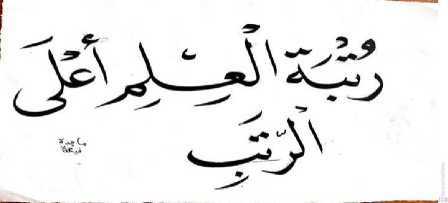
There are many types of Arabic script, whose letters are connected and shaped. Calligraphers have excelled in the shapes of the scripts and in establishing the rules for writing these scripts. Arabic script has also been associated with Arabic ornamentation. The types of Arabic scripts have branched out greatly, but the main types are Naskh, Ruq'ah, Thuluth, Farsi, Diwani, Kufic, and freehand script. Improving handwriting requires special tools, such as a chamfered pen or chamfered reed. A good pen has specifications for writing calligraphy, a method for sharpening the pen, and preparing writing paper. Reeds and reeds also have different types, some of which are preferred for use as writing pens. Pens also have different types, differing in how they are sharpened and prepared. Inks also have different types and methods for preparing the inkwell.
1.The Algerian Club for Teaching Arabic Calligraphy and Islamic Ornamentation: From here was the first seed, a small seed, which will be lost if it is not planted in the land of the idea, and the flower will die if it is not watered with the waters of ambition. This is what instilled enthusiasm in his heart, so he decided after that to tighten the steps to reach his goals. He is the Algerian Club for Calligraphy and Ornamentation, reaping the fruits of his efforts, carrying within it the fragrance of the fragrance of his art, our authentic Islamic art in order to consolidate the Arab-Islamic identity and the spirit of coexistence between civilizations. It is the seed that we planted, and we, the founders, pledged to care for it day after day. We set out with it on the 13th of Jumada al-Thani 1441 / 07 February 2020 AD, and God Almighty was to grant everyone success in completing it and embodying it as a living image, represented in the establishment of the Algerian Club for the Art of Arabic Calligraphy and Islamic Ornamentation with the aim of Introducing the club's activities, encouraging young people to embrace this art, spreading the culture of Arabic calligraphy and ornamentation, and bringing it back to Algerian homes and schools. The practical aspect involves holding training sessions, art exhibitions, and encouraging competitions, as well as holding open workshops aimed at bringing it closer to Algerian citizens and rooting it in their culture. Through these activities, we aim to convey a clear, unblemished image of our fine art, paying attention to all its elements and aspects that are essential to its advancement. Communication is the key to progress and success, and we hope to continue this journey with the hearts of everyone eager and eager to learn the art of Arabic calligraphy, which, God willing, will never be exhausted (Figure 4), (Figure 5), (Figure 6), and (Figure 7).
(Figure 09) (The work of the student Fayala Majda, daughter of the calligrapher Murad Fayala)
One of the most important aspects of Arabic calligraphy is the environment that supports its practice, especially the role of parents at home. This gives children additional energy so they can excel in their lives and succeed by harnessing their creative mind. This is a prerequisite for devising new ideas and their practical application. Every person is born creative, and their creativity peaks at an early age, which scientists have determined to be five years old, accounting for 90% of children. This percentage decreases as a person ages, and after the age of fifty, it is less than 5% of people only. If we see this work in (Figure 09) which is for the student (Fiala Majida) at the age of nine, which encourages and gives great hope in the anticipation of a promising calligrapher, that is what was observed in her precise and restricted writing, for her choice of the Naskh script which is considered of the clear type because the thickness of its pen is more than one millimeter, and also this phrase “Indeed, the rank of knowledge is the highest of ranks” is composed of five parts, which made it easy for the writer to distribute it in a harmonious distribution that included in its middle a (Kashida)* between the ‘ayn and the lam, which increased the prominence of the (virtuous ratio)** which gave a great balance, and also the diacritics came harmoniously above the letters, that is if we notice the phrase of knowledge we find above the ‘ayn a nail in the shape of a crescent, which is an indication that the letter ‘ayn is not dotted, and this is what compels The reader is taught to differentiate between the letters ghayn and ayn, and to use the "nail"*** over all unpointed letters in all types of scripts. These are represented in the decorative formations in Thuluth, Naskh, and Ijazah scripts, such as the meem, the jim, the sad, the ayn, the head of the seen, and the ha' with a thinner pen, as well as the inverted waw and the curved alif. The letter formations are written using a pen equal to a third or a quarter of the size of a writing pen, called the "qalam al-harakat," with the exception of the fatha. The young calligrapher also left out the phrase "ratb," the fourth word below, which completes the meaning and balances the visual appearance, creating a form of clear beauty and taking up space. Finally, the linear composition is one of the important phenomena that accompanied Arabic calligraphy, and perhaps one of the reasons for the emergence of this phenomenon is the acquisition of Arabic calligraphy of a kind of beauty, cohesion and strength, in addition to the attempts of the young calligrapher who wanted to reflect her inner artistic energy through her writing in Naskh script. Therefore, the linear composition is considered a manual work that comes as a result of knowledge, thought and acquired talent. Therefore, knowledge and science are the basic and necessary path to work and creativity in the arts of Arabic calligraphy, especially (linear composition), which is primarily due to the nature of humanity that is refined by early practice like this child (Fayala Majda) whom we wish a bright future in the art of Arabic calligraphy.
Fifth: Conclusion
Perfecting calligraphy is contingent upon the learner's innate aptitude. While anyone can improve their handwriting, not everyone can be a calligrapher. Because calligraphy relies on innate aptitude, manual skills, visual perception, and spatial awareness, along with a sense of taste and hand-eye coordination, in addition to the systematic training that can be acquired through learning, self-cultivation and perseverance are two important elements in achieving the level of tajweed. Therefore, we need to develop a comprehensive curriculum for teaching Arabic calligraphy that focuses primarily on considering calligraphy as a visual artifact governed by the foundations and drivers of learning drawing skills. This means that the calligraphy learner can acquire the necessary skills to interact with the simulated model, whether it be a letter or a model from nature. These skills are both visual and manual skills. If we want this precious heritage to survive, we must focus on developing calligraphy improvement schools. We must follow the example of the community of the city of Medea in the capital, who established a club for teaching Arabic calligraphy, and conduct new studies to develop Arabic calligraphy in a new format that keeps pace with contemporary artistic trends. If we want to understand the truth about Arabic calligraphy and its greatness in the eyes of Westerners, let us listen to Picasso, the pioneer of modern painting, when he said: "The furthest I have reached in the art of drawing, I found that Arabic calligraphy had preceded me long ago...!"
-
1. Results: We have reached some results, which are as follows:
-
• If we pay attention to talents, we will inevitably achieve true artistic potential.
-
• Developing children's literature in the art of Arabic calligraphy requires patience and special care, a competent teacher, and an environment that provides a climate of creativity.
-
• Involving everyone in creative work makes children love this craft.
-
2. Recommendations: We commend some of the following recommendations:
-
• Opening schools teaching the art of Arabic calligraphy throughout the country.
-
• Prioritizing the teaching of Arabic calligraphy as a subject in educational curricula, not as part of the Arabic language.
-
• Providing teachers with proper training to improve their handwriting, as they are the primary role models for our children in good handwriting.
Marginalization
-
1 -Ahmed Zalat, Children's Literature (Its Origins and Concepts in Heritage Perspectives), Arab Company for Publishing and Distribution, 1st ed., Cairo, 1997, p. 23 .
-
2 - Surah Al-Kahf, verse 46 .
-
3 - Hussein Abrous, Children's Literature and the Art of Writing, Dar Madani, Algiers, Algeria,
p. 7 .
-
4 -Ahmed Zalat, Children's Literature (Its Origins and Concepts in Heritage Perspectives), Arab Company for Publishing and Distribution, 1st ed., Cairo, 1997, p11 .
-
5 - Al-Ghaly Ahrashad, A Theoretical and Methodological Framework for Semantic
Representations in Children's Literature, Arab Cultural Center, 1st ed., Cairo, 1993, p. 32 .
-
6 - Ali Al-Hadidi, On Children's Literature, Anglo-Egyptian Library, 4th ed., Egypt, 1988, p. 244 .
-
7 - Muhammad Ibrahim Hawar, The Child and Heritage: An Introduction to the Study of Children's Literature in Ancient Western Literature, Dar Al-Arabiya Library for Books, Cairo, 1987, p. 65 .
-
8 - Ghazi Al-Gosaibi, A Life in Administration, Arab Institution for Studies and Publishing,
Beirut, Lebanon, 2011, p. 186 .
-
9 - Ahmed Naguib, Children's Literature: Science and Art, Studies in Children's Literature, Dar
Al-Fikr Al-Arabi, Cairo, 1991, p. 46 .
-
10 - Mustafa Al-Qaid, Writing for Children, Ain Al-Bayda website, titled: Our Children Are Our
Livers, published on: February 15, 2015 from the website:
, retrieved on: January 13, 2021.
-
11 - The same reference from the same website .
-
12 - Ismail Abdel Fattah, Children's Literature in the Contemporary World (A Critical
Perspective), Arab House Library for Books, Cairo, 1987, p. 21 .
-
13 - The previous reference, Ahmed Naguib, Children's Literature: Science and Art, p. 47 .
-
14 - The same reference, p. 47 .
-
15 - The same reference, p. 47 .
-
16 - The same reference, p. 48 .
-
17 - The same reference, p. 49 .
Explanation of terms
-
- * The term "Kashida" is a Persian term used by ancient calligraphers in Persian or Nasta'liq script. Kashida means "drawing," or the stroke of the pen that leaves a limited space .
-
- ** The virtuous ratio: Ibn Muqla wrote all the letters down to the alif, which he adopted as a basic measure. Hence, the term "proportional script" is attributed to him, meaning the script whose letters are proportional to each other in a geometric ratio. This ratio to the alif is called the virtuous ratio .
-
- *** The nail is a gesture resembling an inverted crescent that the calligrapher places over an undotted letter ‘ such as ,(j Л ,^ ,^ £) to prevent the meaning from being altered or distorted .
, retrieved on: January 13, 2021.
Perspective), Dar Al-Arabiya Book Library, Cairo .
Algeria .
Appendices
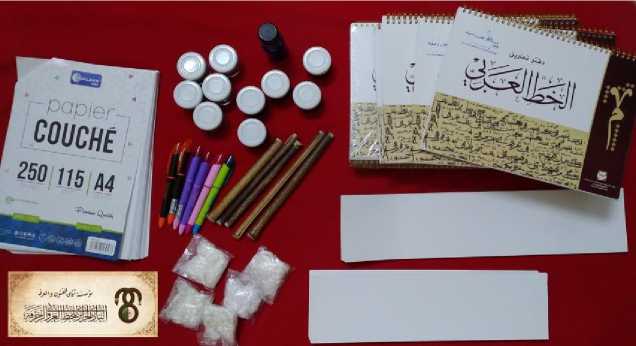
(Figure 1) represents Arabic calligraphy tools, including metal pens, reeds, and inkwells.
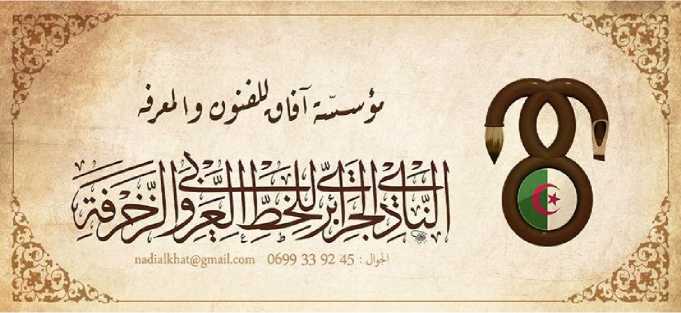
(Figure 03) represents the club’s official logo and name.
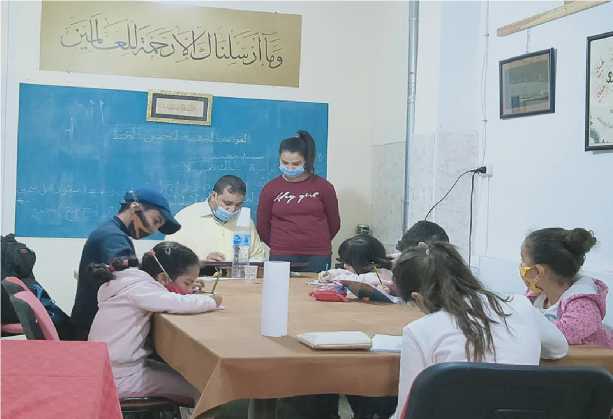
(Figure 4) Inside the club’s workshop, Professor Shakal Radwan with the students
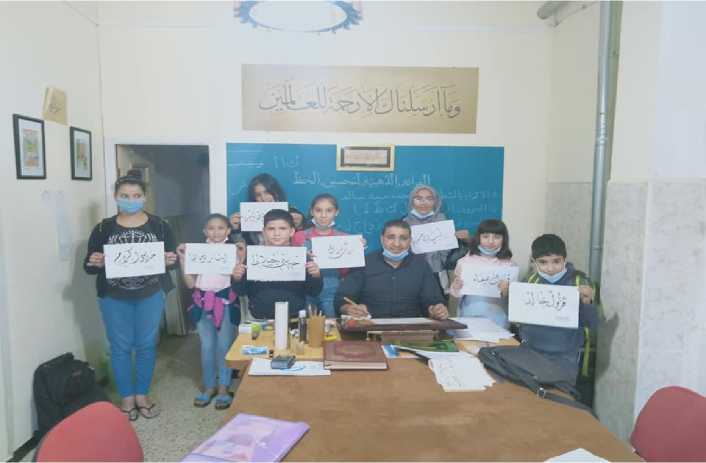
(Figure 05) Inside the club’s workshop, Professor Shakal Radwan with the students
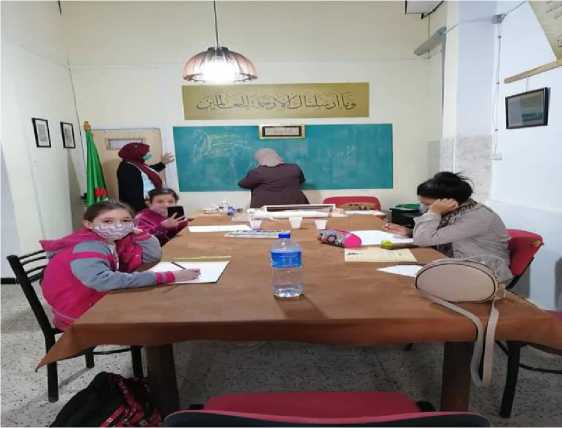
(Figure 6) Inside the club’s workshop, Professor Shakal Radwan with the students
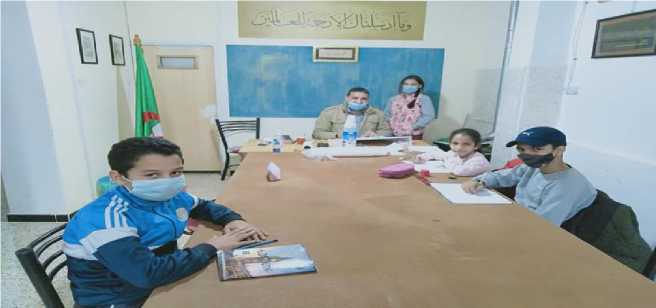
(Figure 07) Inside the club’s workshop, Professor Shakal Radwan with the students
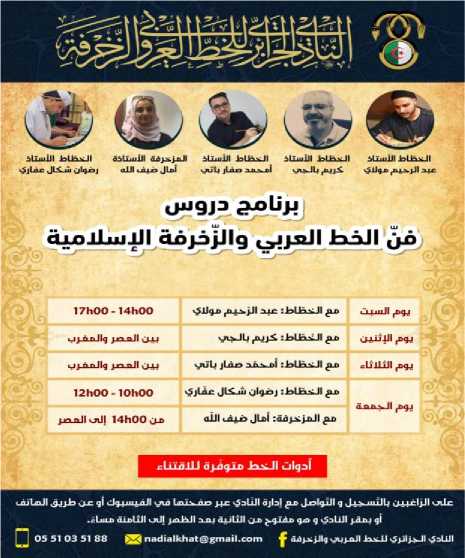
(Figure 08) Members of the club’s arbitration committee
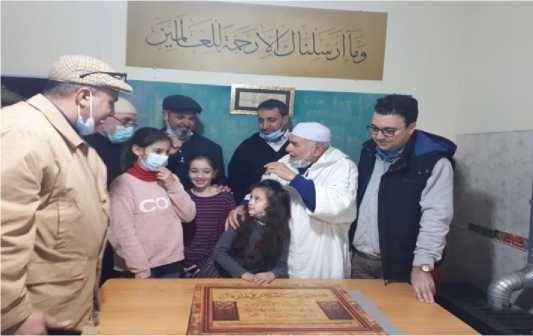
.(Visit of the great calligrapher Sheikh Dr. Hajj Muhammad bin Al-Saeed Al-Sharifi)
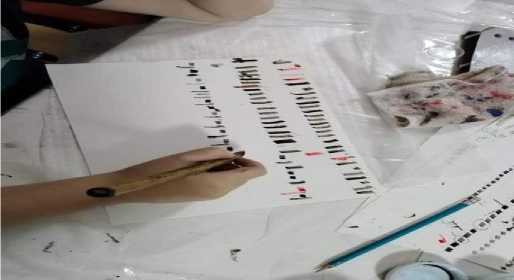
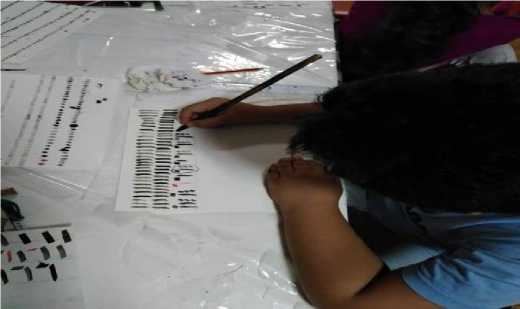
Children's exercises inside the club workshop.
212 – , | Issue 6, Vol. 8, 2025

